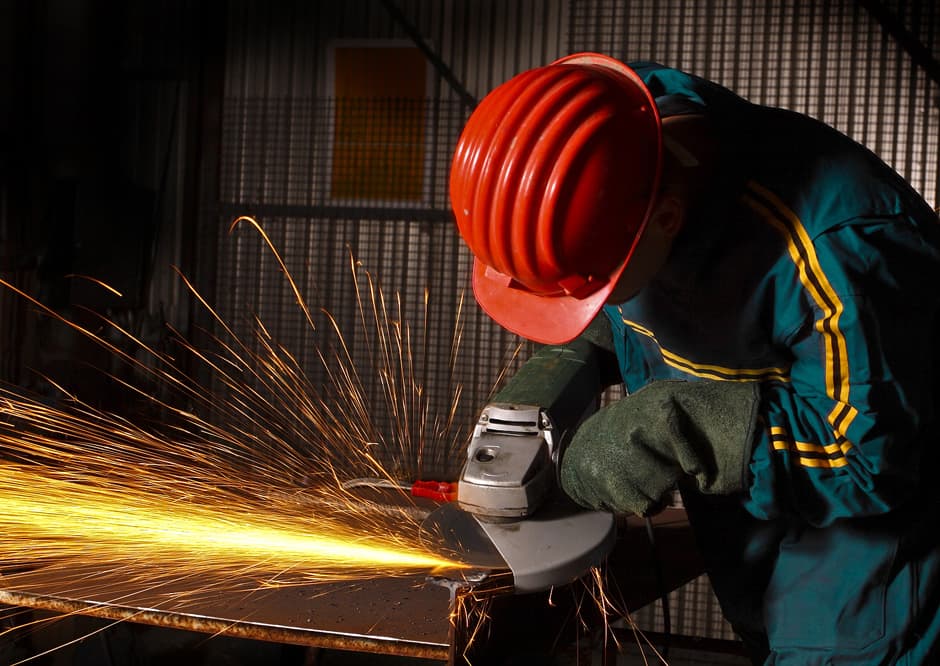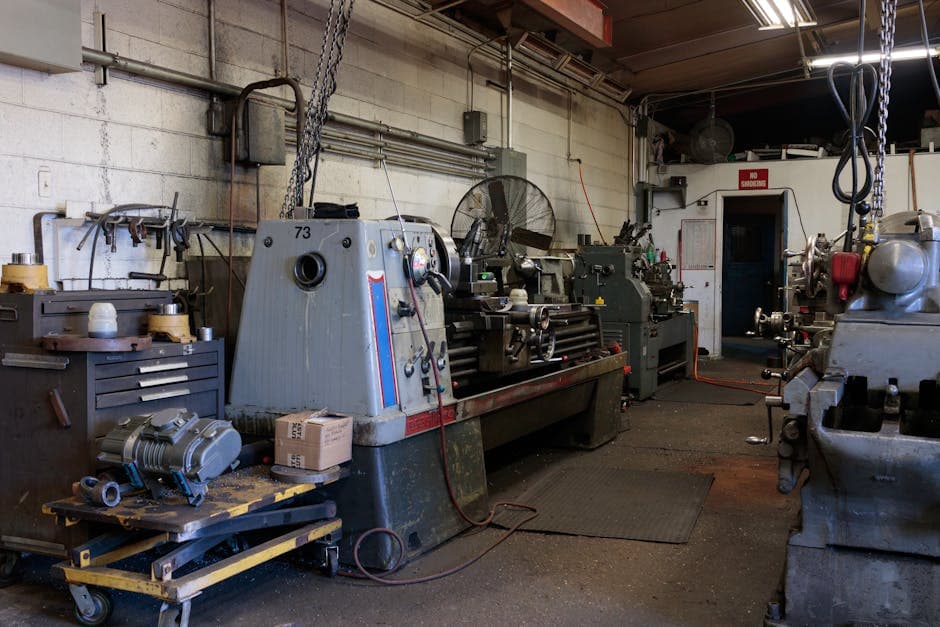
Compliance Standards for Industrial Safety Equipment
Industrial safety equipment plays a critical role in protecting workers from workplace hazards and preventing accidents. However, simply having safety equipment is not enough—it must meet established standards and regulations to ensure its effectiveness. Understanding the compliance landscape for industrial safety equipment is essential for employers, safety professionals, and equipment suppliers.
The Regulatory Framework
Safety regulations and standards vary by country and region, but they share common goals of protecting workers and establishing minimum safety requirements. Key regulatory bodies include:
United States
- Occupational Safety and Health Administration (OSHA): Sets and enforces workplace safety regulations through standards that employers must follow.
- National Institute for Occupational Safety and Health (NIOSH): Conducts research and makes recommendations for preventing work-related injuries and illnesses.
- American National Standards Institute (ANSI): Coordinates voluntary consensus standards development in the private sector, including many safety equipment standards.
European Union
- European Committee for Standardization (CEN): Develops harmonized standards across Europe.
- Personal Protective Equipment (PPE) Regulation 2016/425: Establishes requirements for personal protective equipment in the EU market.
- CE Marking: Indicates conformity with health, safety, and environmental protection standards for products sold within the European Economic Area.
International
- International Organization for Standardization (ISO): Develops voluntary international standards, including many related to safety equipment.
- International Labour Organization (ILO): Sets labor standards, develops policies, and promotes decent work conditions globally.
- International Electrotechnical Commission (IEC): Creates standards for electrical, electronic, and related technologies, including safety equipment.
Key Categories of Safety Equipment and Applicable Standards
1. Respiratory Protection
Respiratory protection equipment safeguards workers from airborne contaminants, including dust, fumes, vapors, and gases.
Key Standards:
- NIOSH 42 CFR Part 84: Certification requirements for respiratory protective devices in the U.S.
- EN 149: European standard for filtering half masks (respirators).
- ISO 16975: Guidelines for respiratory protective equipment selection, use, and maintenance.
- OSHA 29 CFR 1910.134: U.S. respiratory protection program requirements.
Compliance Considerations:
- Proper respirator selection based on hazard assessment
- Fit testing requirements to ensure proper seal
- Medical evaluation of workers using respirators
- Training on proper use and limitations
- Maintenance and inspection procedures
2. Eye and Face Protection
Eye and face protection shields workers from flying particles, chemical splashes, radiation, and other hazards that could damage the eyes or face.
Key Standards:
- ANSI/ISEA Z87.1: American National Standard for Occupational and Educational Personal Eye and Face Protection Devices.
- EN 166: European standard for eye protection.
- ISO 16321: International standard for eye and face protectors for industrial and non-industrial use.
- OSHA 29 CFR 1910.133: U.S. requirements for eye and face protection.
Compliance Considerations:
- Impact resistance appropriate for the hazard
- Chemical resistance for environments with splash hazards
- Optical clarity and distortion limitations
- UV and infrared protection where needed
- Compatibility with other PPE
3. Hearing Protection
Hearing protection devices (HPDs) prevent noise-induced hearing loss in environments with hazardous noise levels.
Key Standards:
- ANSI/ASA S12.6: Methods for measuring the real-ear attenuation of hearing protectors.
- EN 352: European standards for hearing protectors.
- ISO 4869: Acoustics - Hearing protectors standard.
- OSHA 29 CFR 1910.95: U.S. occupational noise exposure standard.
Compliance Considerations:
- Noise Reduction Rating (NRR) or Single Number Rating (SNR) values
- Proper fit and compatibility with other PPE
- Communication capabilities where needed
- Comfort for long-term wear
- Hearing conservation program requirements
4. Head Protection
Hard hats and other head protection guard against impact, penetration, and electrical hazards.
Key Standards:
- ANSI/ISEA Z89.1: American National Standard for Industrial Head Protection.
- EN 397: European standard for industrial safety helmets.
- ISO 3873: Industrial safety helmets.
- OSHA 29 CFR 1910.135: U.S. head protection requirements.
Compliance Considerations:
- Impact and penetration resistance
- Electrical insulation classification (Class E, G, C in ANSI system)
- Service life and replacement schedule
- Compatibility with accessories (face shields, earmuffs)
- High-visibility options for specific environments
5. Fall Protection
Fall protection systems prevent falls from height or arrest falls to minimize injury.
Key Standards:
- ANSI/ASSP Z359: Fall Protection Code (multiple standards).
- EN 361: European standard for full body harnesses.
- ISO 10333: Personal fall-arrest systems.
- OSHA 29 CFR 1910.140 and 1926.502: U.S. fall protection requirements for general industry and construction.
Compliance Considerations:
- Full system approach (anchorage, body support, connecting devices)
- Load capacity and rating
- Inspection requirements and documentation
- Training for proper use
- Rescue planning
6. Hand and Arm Protection
Gloves and arm guards protect against cuts, punctures, chemicals, thermal hazards, and other risks to the hands and arms.
Key Standards:
- ANSI/ISEA 105: Hand Protection Classification.
- EN 388: European standard for protective gloves against mechanical risks.
- EN 374: Gloves protecting against chemicals and microorganisms.
- OSHA 29 CFR 1910.138: U.S. hand protection requirements.
Compliance Considerations:
- Cut, puncture, and abrasion resistance levels
- Chemical permeation and degradation ratings
- Thermal protection (heat and cold)
- Dexterity requirements for specific tasks
- Potential for allergic reactions (latex)
7. Foot and Leg Protection
Safety footwear and leg guards protect against falling objects, compression, punctures, electrical hazards, slips, and chemicals.
Key Standards:
- ASTM F2413: Standard specification for performance requirements for protective footwear (U.S.).
- EN ISO 20345: Personal protective equipment - Safety footwear.
- CSA Z195: Canadian standard for protective footwear.
- OSHA 29 CFR 1910.136: U.S. foot protection requirements.
Compliance Considerations:
- Impact and compression resistance ratings
- Puncture resistance of soles
- Electrical hazard protection classification
- Slip resistance criteria
- Chemical resistance where needed
Implementing a Compliant Safety Equipment Program
Beyond purchasing compliant equipment, organizations must establish comprehensive programs to ensure proper selection, use, and maintenance:
Hazard Assessment
- Conduct thorough workplace hazard assessments to identify specific risks
- Document assessments and update them when conditions change
- Match safety equipment specifications to identified hazards
- Consider severity and probability of potential incidents
Selection and Purchasing
- Verify compliance certifications (NIOSH approval, ANSI certification, CE marking, etc.)
- Request test data and certification documentation from suppliers
- Consider comfort and user acceptance to encourage consistent use
- Evaluate compatibility between different types of PPE
- Implement standardized procurement procedures for safety equipment
Training and Education
- Provide comprehensive training on proper use, limitations, and maintenance
- Ensure workers understand why specific equipment is required
- Document training and conduct refresher sessions regularly
- Include demonstrations and hands-on practice
- Address proper fit and adjustment procedures
Inspection and Maintenance
- Establish routine inspection schedules based on manufacturer recommendations
- Create clear criteria for equipment retirement and replacement
- Document inspection results and maintenance activities
- Train workers to identify signs of damage or deterioration
- Implement proper cleaning and storage procedures
Program Evaluation
- Regularly audit compliance with safety equipment requirements
- Monitor incident reports for potential equipment failures or misuse
- Solicit feedback from users regarding comfort and effectiveness
- Stay current with changes to standards and regulations
- Update program elements as needed based on evaluation findings
Emerging Trends and Future Directions
The safety equipment landscape continues to evolve with technological advancements and changing workplace needs:
Smart PPE and Connected Safety
Integration of sensors, connectivity, and data analytics into safety equipment offers new capabilities:
- Real-time monitoring of worker exposure levels
- Environmental condition sensing and alerts
- Geolocation and proximity warning systems
- Automatic documentation of equipment use and compliance
- Predictive maintenance based on usage patterns
Standards organizations are working to develop guidelines for these emerging technologies, with a focus on reliability, data privacy, and interoperability.
Sustainability Considerations
Environmental impact is becoming an important factor in safety equipment selection:
- Recyclable and biodegradable materials
- Reduced packaging waste
- Energy-efficient manufacturing processes
- Extended service life to reduce disposal frequency
- Take-back programs for proper end-of-life handling
Harmonization of Global Standards
Efforts to align standards across regions continue, with the goal of:
- Reducing compliance complexity for multinational organizations
- Ensuring consistent protection levels worldwide
- Facilitating international trade in safety equipment
- Sharing best practices across regulatory frameworks
- Establishing universal test methods and performance criteria
Conclusion
Compliance with safety equipment standards is not simply a regulatory obligation—it's a fundamental aspect of protecting workers and ensuring workplace safety. By understanding the relevant standards, implementing comprehensive programs, and staying current with evolving requirements, organizations can effectively manage risks while meeting their legal and ethical responsibilities.
At HPATS, we offer a wide range of compliant safety equipment tailored to specific industrial applications. Our team can help you navigate the complex landscape of standards and regulations, ensuring that your workers have the protection they need while your organization meets all applicable requirements. Contact us to discuss your industrial safety equipment needs and discover solutions that combine compliance, comfort, and performance.
About the Author
Jessica Taylor
Expert in Safety with years of industry experience. Regularly contributes insights and analysis on industrial trends and technologies.
You Might Also Like

Digital Transformation in Oil & Gas: Key Technologies for 2024
Explore how digital twins, AI, IoT, and robotics are revolutionizing the oil and gas industry in 2024, creating opportunities for enhanced efficiency, safety, and sustainability...

Advanced Water Treatment Technologies: Innovations for Industrial Applications
Discover the latest innovations in industrial water treatment technology, from smart water management systems and advanced membranes to PFAS removal solutions and resource recovery systems...

The Importance of Quality Valves in Oil and Gas Operations
In the oil and gas industry, the reliability and performance of equipment are paramount to ensuring operational efficiency, safety, and envi
